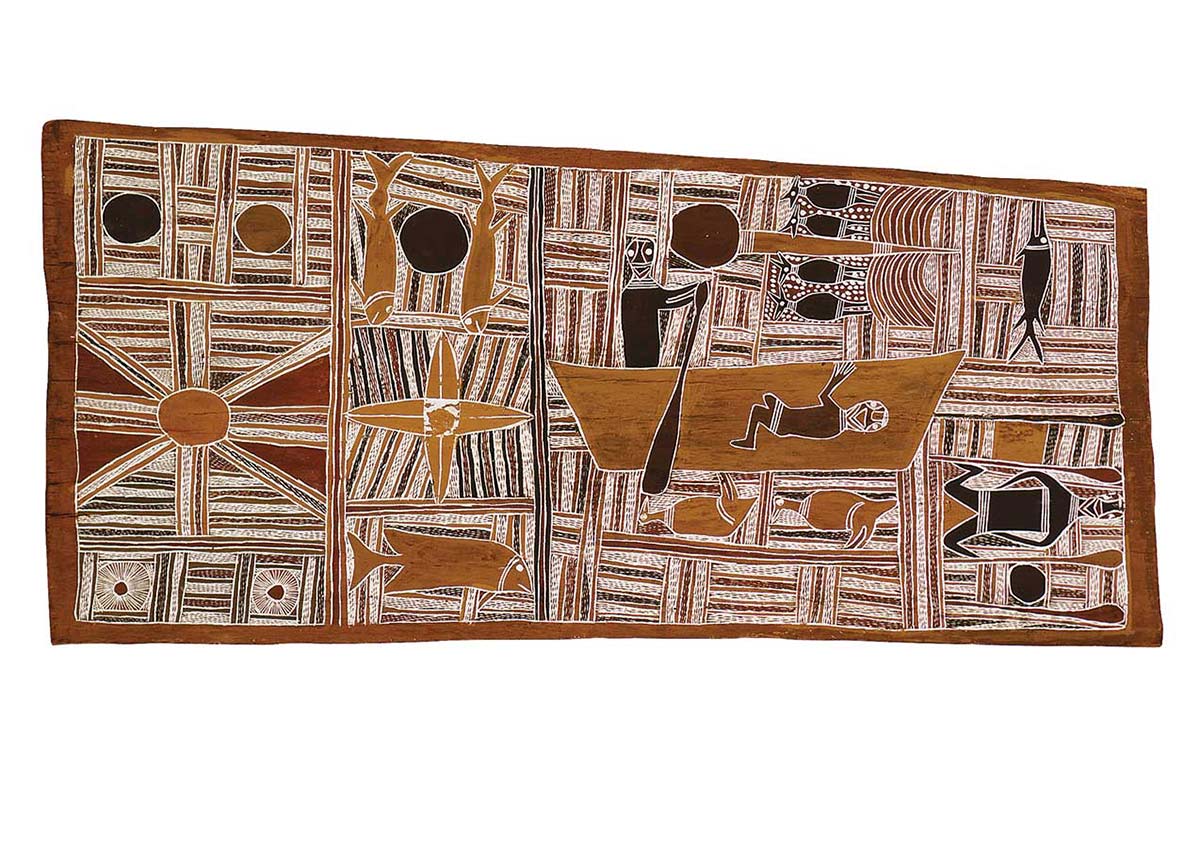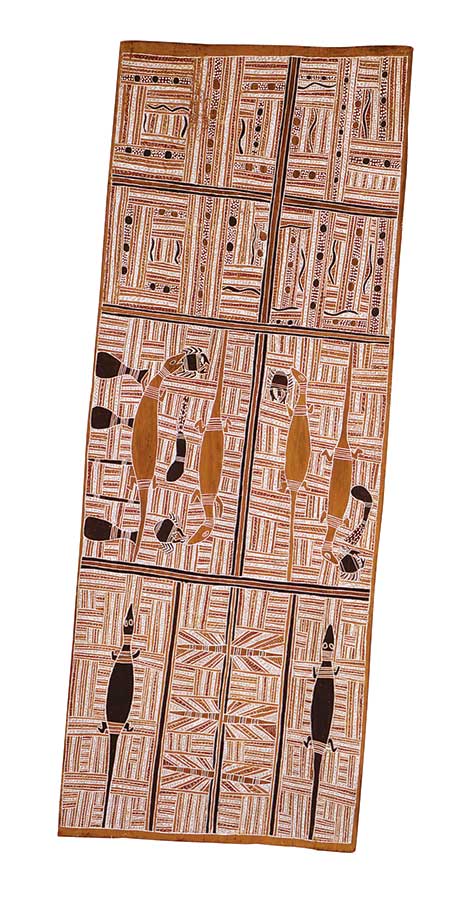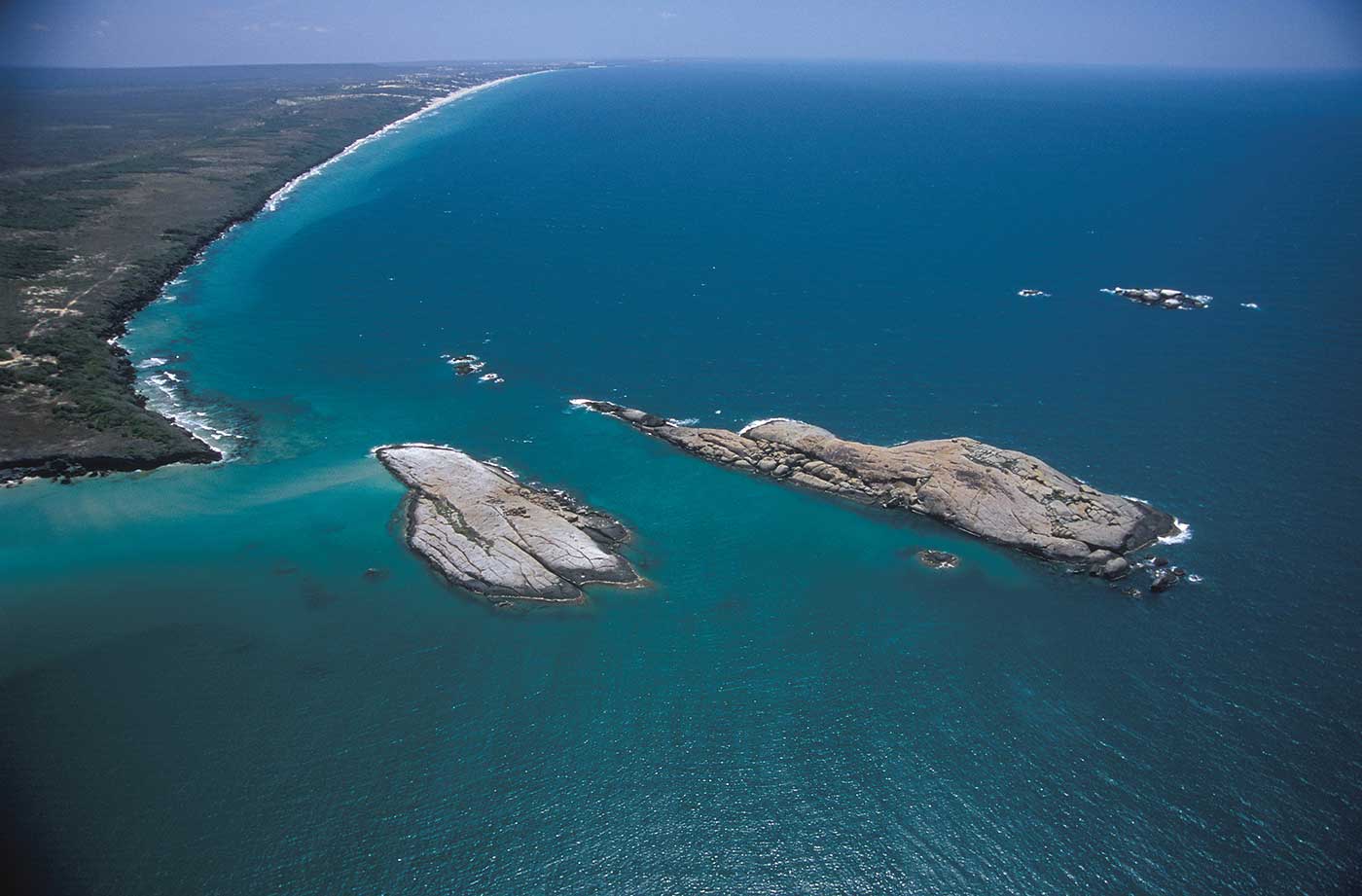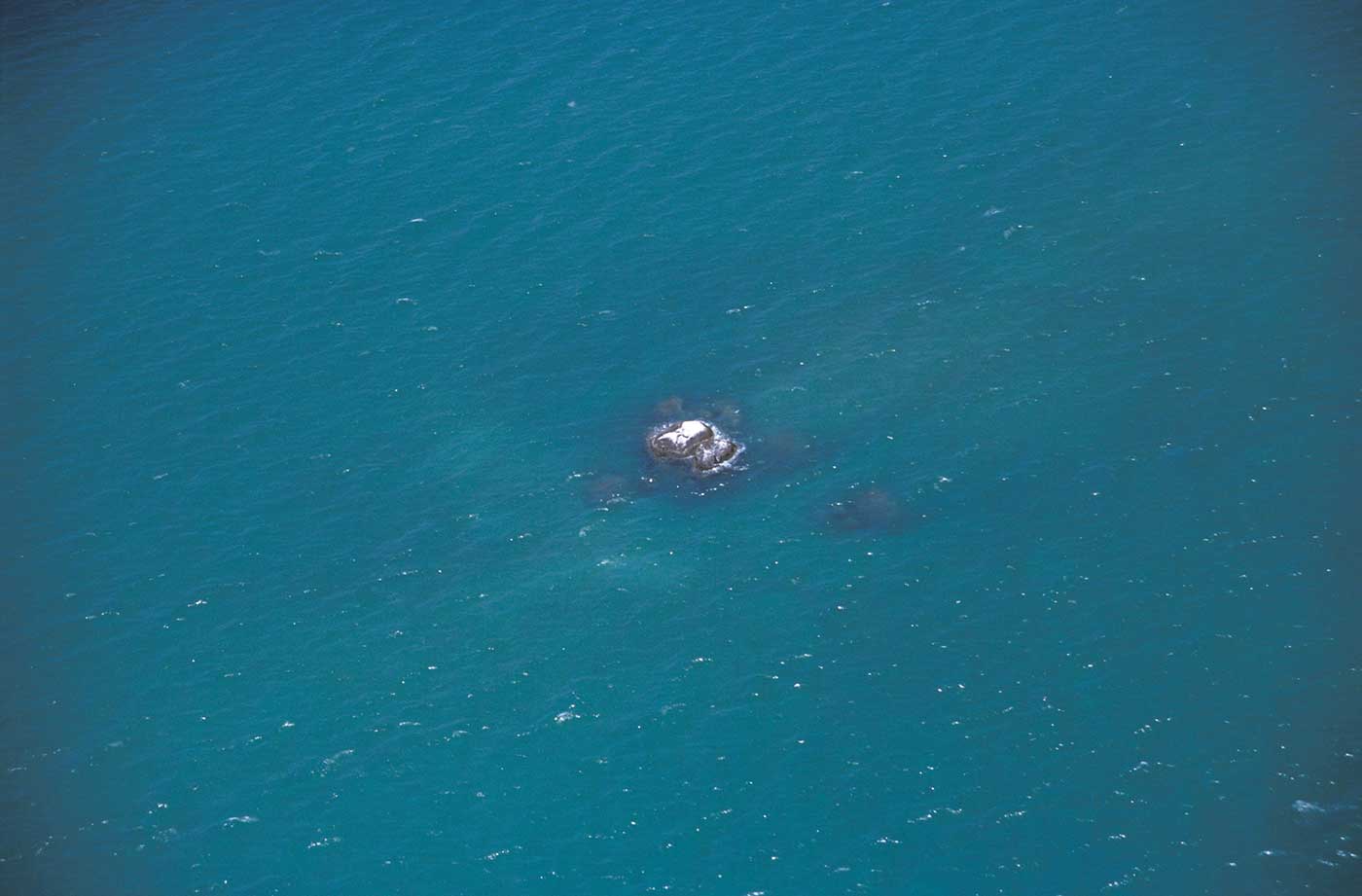Milirrpum Marika, 1983:
This Djang'kawu is a very important narrative, belonging to the Dhuwa group. Djang'kawu related it, Djang'kawu directly imparted it. Our Djang'kawu, our Djang'kawu, this is ours only. The base, foundation, culture, our Djang'kawu, the base of the Dhuwa moiety only, of the Dhuwa moiety and its various songs.
The Djang'kawu brother and his 2 sisters, Bitjiwurrurru and Madalatj, belong to the most geographically extensive and arguably most important narrative tradition in the Miwatj area. They started out from Burralku in the east, paddling through the darkness with only the Morning Star to guide them.
When they reached the shores of Yalangbara the sun rose to herald the birth of the world. Looking back they saw the sun's rays illuminating the sky and felt its warmth on their skin.
Yes, the sun has risen for us ... We have finally arrived at our destination, they said to each other. They picked up their clapsticks and sang about the sun and its warming rays, celebrating their journey and the creation of the land.
Originally the sisters were the owners of ceremonial law and travelled with their digging sticks (mawalan or djota), feathered regalia and sacred objects (rangga) secreted in their conical baskets and mats (nganmarra).
Their seemingly ordinary objects transformed into different landforms along the way – feathered string became sand ridges, the mat transformed into an island, clap sticks (bilma) became rocky outcrops while their digging sticks sprouted into a variety of trees after being used to create freshwater wells.
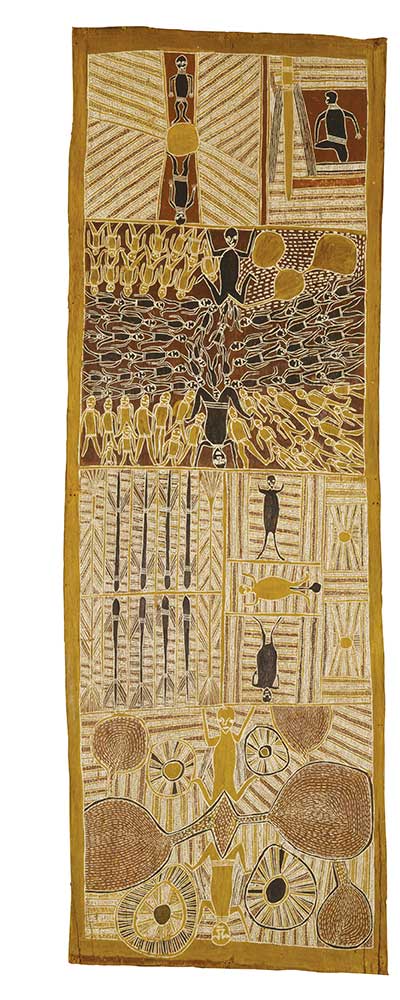
As they went, the Djang'kawu named and sang about the various animals they encountered. They saw the sand goanna and its tracks on gleaming white sands at Yalangbara and claimed it as one of their sacred clan designs (miny'tji).
One of the seminal events that occurred at Yalangbara was not only the shaping of the environment but also the birth of the first children by the pregnant Bitjiwurrurru. This occurred high in the central dune complex at a place named Balma that is regarded today as a restricted site.
After giving birth to the Rirratjingu clan and bestowing upon them their language and ownership of Yalangbara, the Djang'kawu performed the first Ngarra ceremony, one of the major regional rituals performed in north-east Arnhem Land.
They sat down there and prepared a Ngarra ceremonial ground for themselves [at Balma]. They rested there thinking about what they would do with their sacred objects. What are we going to do? We'll leave the djota here standing in the ground with all the sacred objects on it.
From the eastern or sunrise side of Yalangbara the Djang'kawu travelled westwards towards the sunset side creating freshwater wells, landforms, while singing and naming the plants and animals they encountered.
At Wapilina Island in Lalawuy Bay they came across the Macassar-like Bayini processing trepang in their big cooking pots. The Djang'kawu asked them to leave their Rirratjingu Dhuwa moiety land and move to their own Yirritja moiety country.
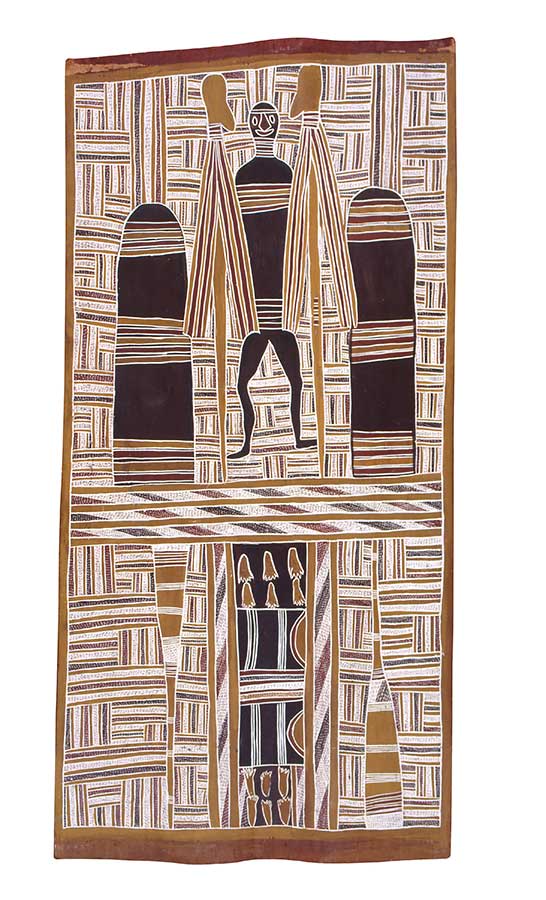
They are noisy, singing and cooking trepang (dharripa) at Wapilina. These strangers [the Bayini] tried to rename Wapilina with their own Yirritja name. They could be dangerous and it could be a trap ... 'We must go there and tell them to leave and go to the other side [of Yalangbara].' 'Yes, Sister.' So they went over to meet these people, walking on until they reached Wapilina. The people turned and looked at the Sisters walking towards them covered with their sacred feather decorations and objects ... The two Sisters said to them, 'Who are you to occupy our land? Leave this place and go to the other side and collect trepang there!
Mawalan 1 Marika, 1965
Continuing on, the Djang'kawu passed out of Rirratjingu territory and continued westward shaping the land and giving birth to other Dhuwa moiety clans across north-east Arnhem Land.
These clan groups are all linked today by their common ancestral legacy and come together on important occasions to perform their particular segment of the Djang'kawu narrative.
